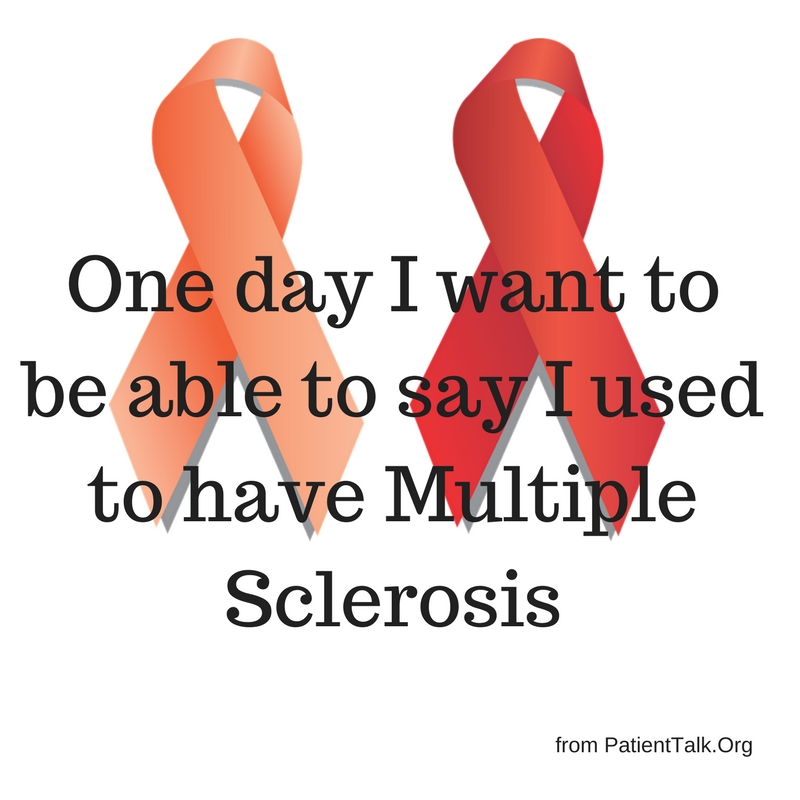Getting diagnosed with multiple sclerosis can be scary. There’s still so much we don’t know about the disease, but medication and lifestyle changes can help people manage their symptoms.
Multiple sclerosis affects the central nervous system and complicates the flow of information between the brain and the rest of the body. Symptoms vary, but can include fatigue, muscle weakness, vision problems, and difficulty walking. According to the National Multiple Sclerosis Society, multiple sclerosis affects more than 2.3 million people worldwide.
There are four types of MS, which are determined by the number of relapses and remissions of symptoms, as well as the rate at which neurologic functions get progressively worse over time.
The most common type of MS is relapsing remitting (RRMS), with around 85 percent of people receiving this initial diagnosis. Other types include clinically isolated syndrome (CIS), primary progressive (PPMS) and secondary progressive (SPMS).
While there is no cure for MS, there are a dozen disease-modifying treatments approved by the FDA. These treatments work with parts of the immune system to reduce the inflammation and damage caused by MS. They can even help to reduce the number of relapses, slow the progression of disability, and delay development of new damage in the brain.
Read the full story here
